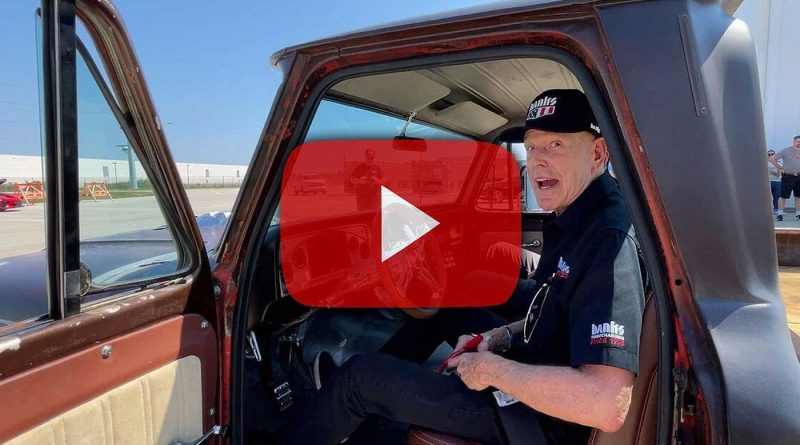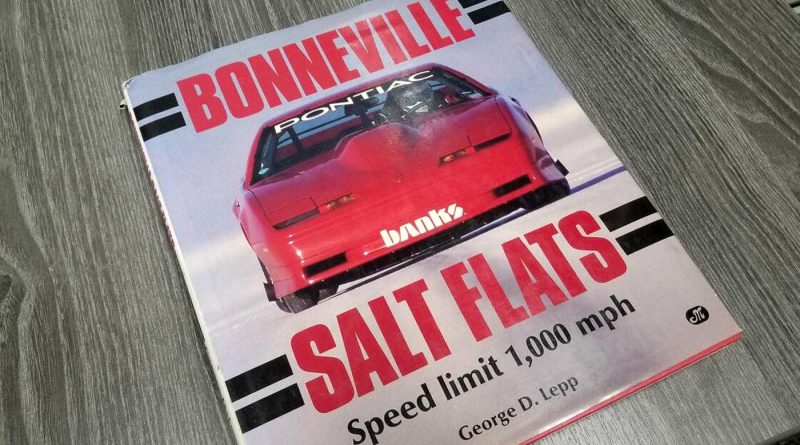
Vintage Banks Truck Concept
Gale Banks discusses his “Banks 502” concept truck, a 1980s-era C1500 Silverado powered by a twin-turbocharged 502 cubic-inch V8 engine. This high-performance truck was part of a larger racing effort with GM, but the project ultimately took a different direction. The 502 concept truck remains a testament to Banks’ innovative spirit and his vision for high-performance trucks.









